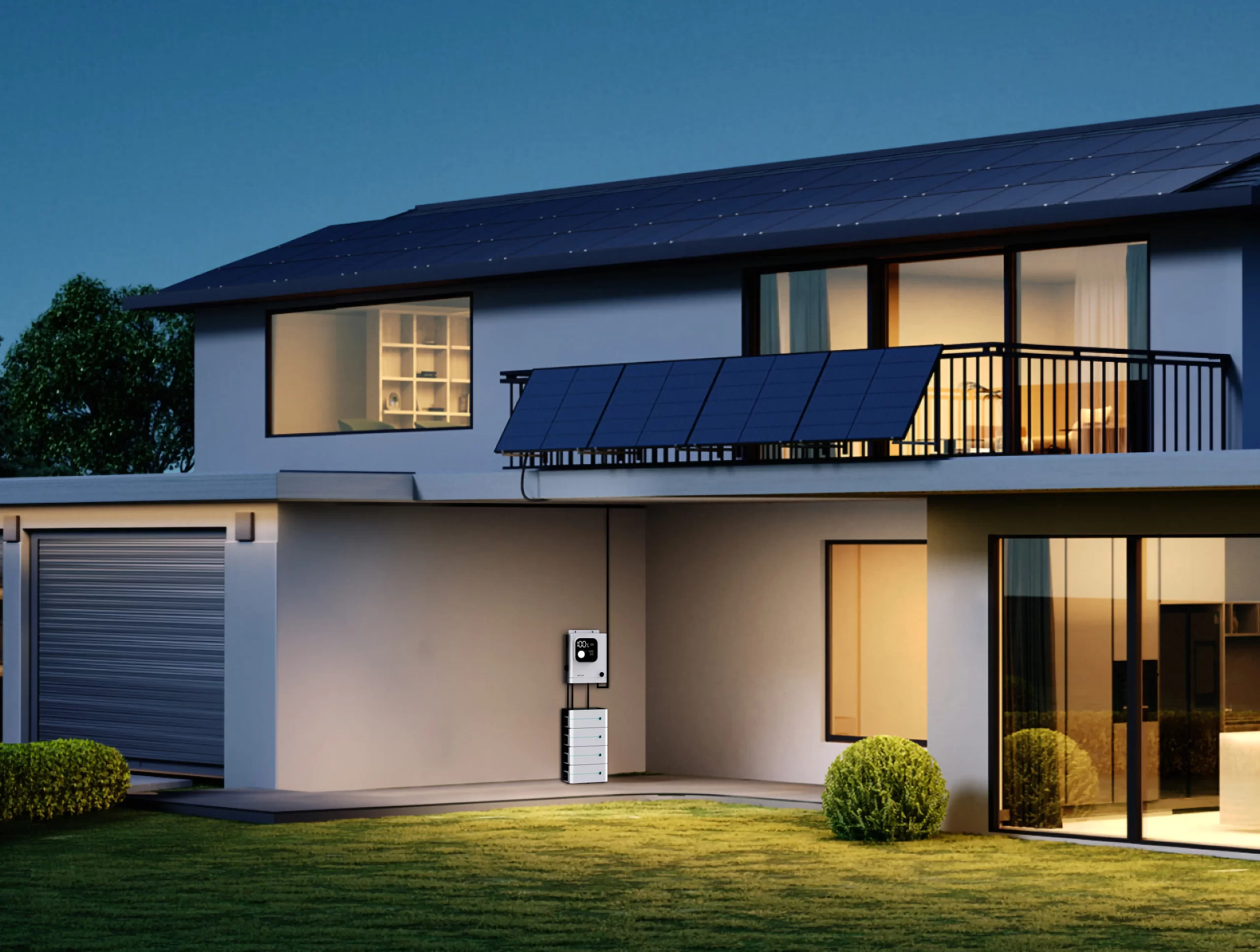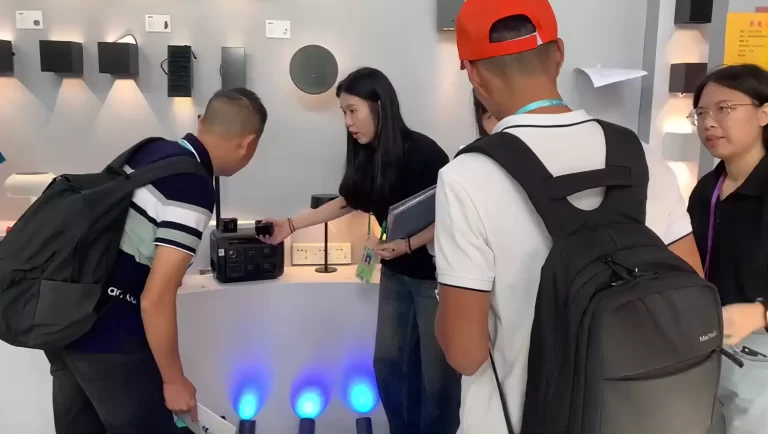Home energy storage is becoming an emerging force in modern life, changing our daily lives in various ways. Let’s look at some concrete examples of how home energy storage is impacting the way we live.

First, home energy storage systems provide greater flexibility in the use of renewable energy. Imagine you have a set of solar panels, but during the day when the sun is shining, your home may use relatively little electricity. With home energy storage, you can store excess solar energy for use at night or when electricity usage is higher. Not only does this reduce reliance on the traditional grid, it also lowers energy costs. For example, on a sunny weekend, you can use stored solar energy to power appliances in your home without worrying about an increase in your electricity bill.
Second, home energy storage increases energy reliability and independence. If you live in an area that experiences frequent blackouts or unreliable power, home energy storage can be your lifesaver. For example, during severe weather or grid failures, you can rely on stored energy to maintain basic life needs such as lighting, heating, and powering communications equipment. This provides more security and peace of mind in your life.
In addition, the combination of home energy storage systems and smart home technology brings greater convenience and energy saving effects. You can remotely monitor and manage the charging and discharging of energy storage devices through a mobile app or smart home system. For example, you can set up automatic charging when electricity prices are low and automatic discharge during peak electricity prices to maximize the use of affordable electricity. In addition, smart home devices can intelligently allocate energy in the energy storage system according to your living habits and needs to ensure efficient use of energy.
Home energy storage also supports the spread of electric vehicles. More and more families are beginning to own electric vehicles, and home energy storage systems can provide convenience for charging electric vehicles. You can use the stored energy to charge your electric car during low hours in the evening, saving on charging costs while reducing pressure on the grid.
For example, one resident installed a home energy storage system combined with solar panels on the roof. The excess solar energy it generates during the day is stored and used for lighting and home appliances at night, reducing dependence on mains electricity. During a power outage, he relied on an energy storage system to provide warmth and lighting to his family, and realized the importance of energy independence.
These examples are just a few examples of how home energy storage can change your lifestyle. With the continuous advancement of technology and reduction of costs, home energy storage will play a greater role in the future, creating a more sustainable, convenient and independent lifestyle for us. Let’s embrace this change and make wise choices for the future of our families and our planet.




